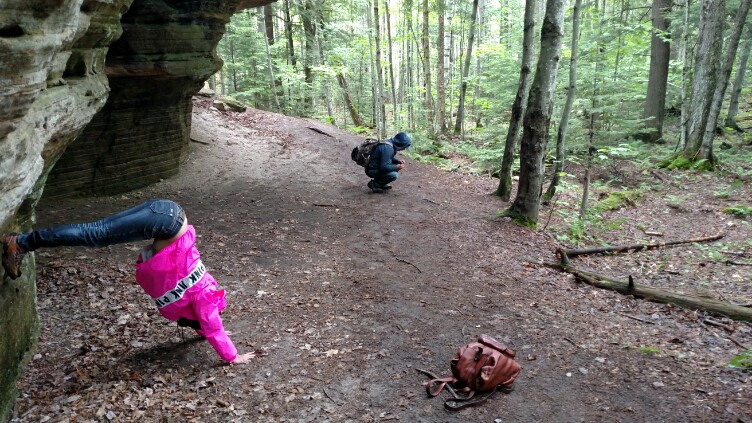Glass Cleaner
• 2 cups water
• 1/2 cup white or cider vinegar
• 1/4 cup rubbing alcohol (70 percent concentration)
• 1 to 2 drops of orange essential oil, which gives the solution a lovely smell (optional)
Great for: Windows and mirrors
How to use: Combine ingredients and store in a spray bottle. Spray some solution on a paper towel or soft cloth first, then on the glass. To get smudge-free glass, rub vertically on one side and horizontally on the other. Hint: Don't clean windows on a hot, sunny day, because the solution will dry too quickly and leave lots of streaks.
Heavy-Duty Scrub
• Half a lemon
• 1/2 cup borax (a laundry booster; find it in the detergent aisle)
Great for: Rust stains on porcelain or enamel sinks and tubs
How to use: Dip lemon into borax and scrub surface; rinse. (Not safe for marble or granite.)
Grease Cleaner
• 1/2 cup sudsy ammonia mixed with enough water to fill a one-gallon container. (Sudsy ammonia, which has detergent in it, helps remove tough grime.)
Great for: Oven hoods, grills
How to use: Dip sponge or mop in solution and wipe over surface, then rinse area with clear water.
All-Purpose Cleaner and Deodorizer
• 4 tablespoons baking soda
• 1 quart warm water
Great for: Kitchen counters, appliances, and inside the refrigerator
How to use: Pour solution on a clean sponge and wipe.
Last-Resort Clothing Stain Remover
• 1 gallon hot water
• 1 cup powdered dishwasher detergent
• 1 cup regular liquid chlorine bleach (not ultra or concentrate)
How to use: Use only on badly stained washable or bleachable garments. Mix and pour ingredients into a stainless steel, plastic, or enamel bowl (not aluminum). Soak garment for 15 to 20 minutes. If stain is still there, let it soak a bit longer, then wash garment as usual.
White-Ring Remover
• One part white non-gel toothpaste to one part baking soda
How to use: Dampen a cloth with water, add toothpaste mixture, and rub with the grain to buff over the ring. Then take a dry cloth and wipe off. Use another soft cloth for a final shine. Polish as you normally would. Not safe for unfinished wood, lacquer, or antiques.
Dishwasher Stain Remover
• 1/4 cup powdered lemon or orange drink
How to use: To remove rust from the inside walls, pour the powder (which contains citric acid or citric acid crystals) into the detergent cup and then run a regular cycle. Repeat as necessary.
Marble Cleaner
• Mild dishwashing liquid (non-citrus-scented)
• Warm water
How to use: Mix a drop or two of detergent with 2 cups warm water. Sponge over marble and rinse completely to remove any soap residue. Buff with a soft cloth; do not let the marble air-dry. Caution: Never use vinegar, lemon, or any other acidic cleaner on marble or granite surfaces; it will eat into the stone.
Brass Cleaner
• White vinegar or lemon juice
• Table salt
How to use: For non-lacquered brass, dampen a sponge with vinegar or lemon juice, then sprinkle on salt. Lightly rub over surface. Rinse thoroughly with water, then dry well immediately with a clean soft cloth.
SAFETY TIP
Never combine ammonia-based cleaners with chlorine bleach or products containing bleach, such as powdered dishwasher detergent. The fumes they'll create are extremely dangerous. Before doing any mixing, read the product labels first.

